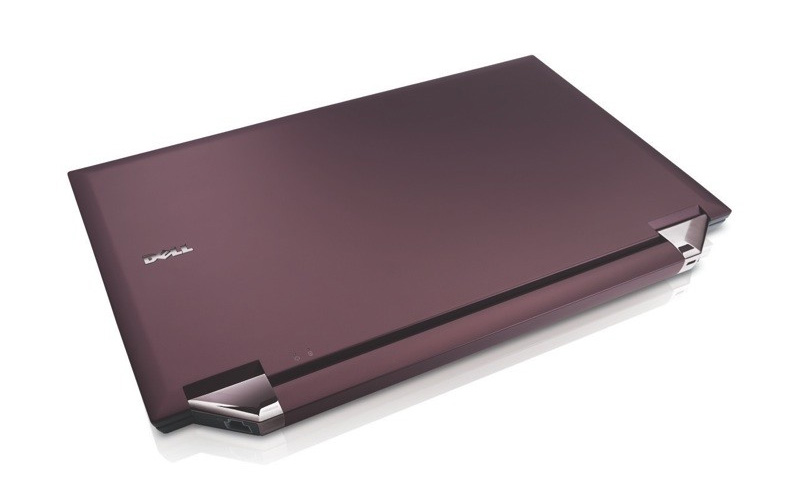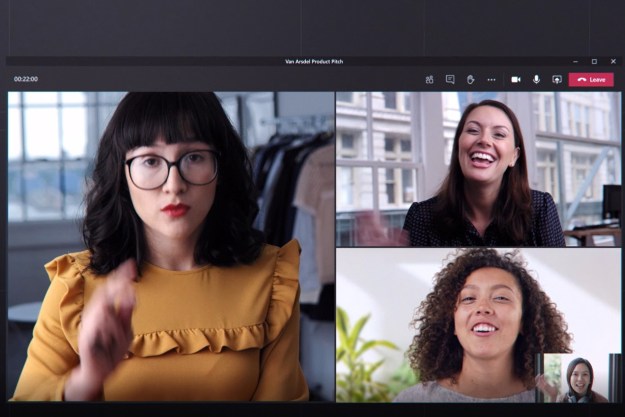
Over the years relations between software giant Microsoft and the open source Linux operating system have been testy (to say the least), with most of the tension in the last couple years coming at Microsoft’s insistence that elements of the Linux operating system violate Microsoft patents. The Linux community has repeatedly challenged Microsoft to identify any specific instance where Linux infringes on its patents and Microsoft has yet to come forward with any examples…yet the company continues to use apparent strong-arm tactics to get companies to pay Microsoft for immunity from any patent infringement claims…should such litigation ever materialize.
So, Microsoft has surprised the open source community by submitting three device drivers—comprising some 20,000 lines of code—for inclusion in the open source Linux kernel under the GPLv2 license. The drivers can enable Linux distributions to run in enlightened mode on top of Hyper-V, giving it the same optimized device access as a Windows VM running on top of Hyper-V, significantly improving performance over Linux installations running on top of Windows.
“Customers have told us that they would like to standardize on one virtualization platform, and the Linux device drivers will help customers who are running Linux to consolidate their Linux and Windows servers on a single virtualization platform, thereby reducing the complexity of their infrastructure,” said Sam Ramji, senior director of Platform Strategy in Microsoft’s Server and Tools group, in a statement.
The drivers will be available to the general Linux community as well as Microsoft customers. But, unless someone thinks Microsoft is suddenly throwing its resources behind Linux development, think again: the device drivers are intended to enable any distribution of LInux—not just the Microsoft-blessed Novell SUSE Linux Enterprise Server—run as virtualized operating systems on top of Windows Server 2008 Hyper-V. The move is no doubt intended to open up a new front of competition with VMWare, which currently dominates the x86 hypervisor market.
By opening up Hyper-V to other distributions of Linux, Microsoft creates a lowest common denominator for virtualization under Windows Server 2008. If that support is good enough for common applications, Microsoft is suddenly in a position to establish Hyper-V as a de facto virtualization solution that works without requiring customer to install drivers that aren’t part of the mainstream Linux kernel. The move undercuts VMWare and other companies offering virtualization technologies for Windows…and does so using mechanisms and procedures of the open source community.
Editors' Recommendations
- Microsoft Word free trial: Get a month of service for free
- Microsoft admits defeat on its controversial OneDrive change
- This new Microsoft Bing Chat feature lets you change its behavior
- How to use the new communities feature in Microsoft Teams
- It’s not just you: Microsoft confirms Windows 11 is having gaming issues


